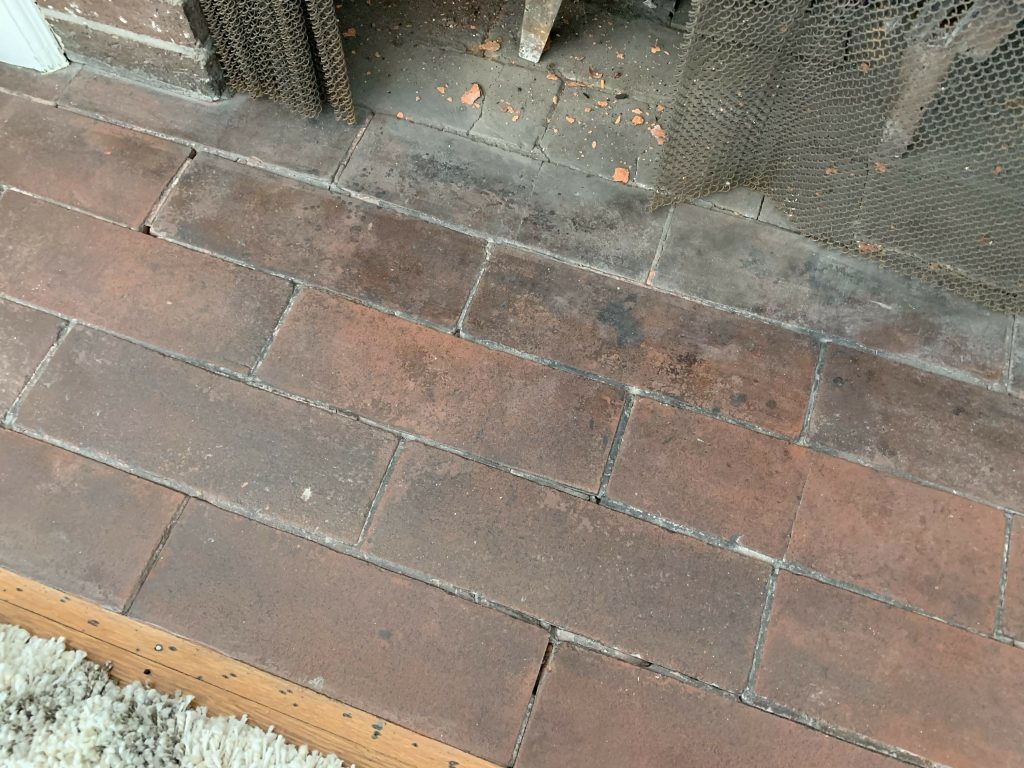I should lead off with a confession that I am not a big fan of wood burning fireplaces. During my tenure in the fireman business (1980 to 2018) I went on multiple house fires caused by fireplaces that were not in a safe condition. Two of those fires burned enough to make the houses uninhabitable for almost a year before they were able to be repaired. The only reason the rest of the fires didn’t completely damage the homes was because the occupants didn’t leave the fire. They were able to call the fire department early and we were able to extinguish the fire before holes were burning through the roof. Fire places require a few things to keep them safe:
- The hearth (floor) and hearth extension (floor in front) of the firebox cannot have any openings because fire embers will fall into them and possibly make their way to the wood structure.
- The walls of the firebox cannot have any cracks or openings that can allow embers and heat to get past them.
- The damper needs to be operational closed when not in use and opened before use.
- The glue liner needs to be intact from bottom to top.
- The firebox and flue needs to be cleaned by a professional chimney sweep. (This is done once a year or every chord of wood burned)
- Never should the fire be unattended.



I personally like sealed fireplaces with ceramic logs which burn gas. I am also fairly comfortable with non-vented fireplaces. They are much safer, require far less maintenance, and look extremely real.
